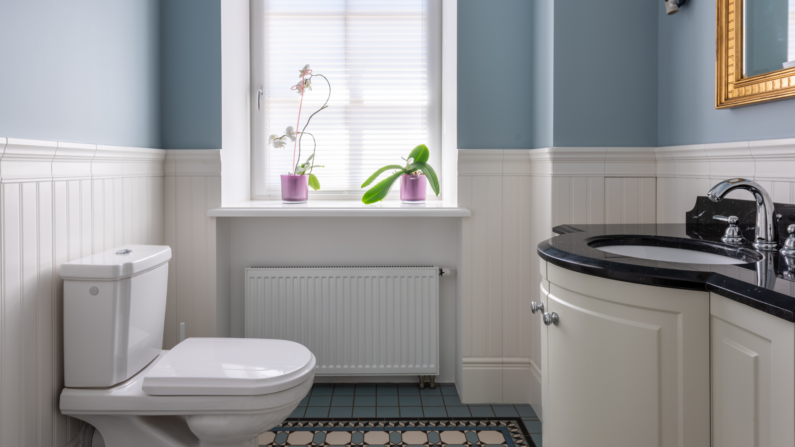

Guest Blog post by Jamie Truppi, author of Clean Food, Messy Life. Check out more on Jamie’s blog here!
Let’s Talk About Poop, Baby!
I talk about poop every day. Numerous times each day, in truth. After all, I’m a functional nutritionist and a mom. Why, then, have I never written about poop? Like the topics of death or sex, poop conversations are uncomfortable. Intimate. Personal. I think it’s time to normalize poop talk.
In my home, certainly I redirect potty talk during meals and laugh at innumerable fecal-related jokes in Captain Underpants and Dog Man books. I ask my children to call me into the bathroom before they flush “number two”. I must know what their poop looks like! Why? Because what comes out of our bodies is key to understanding what’s going on inside our bodies and I like to monitor my kids’ gut function, diet, and more.
With my clients – many of whom suffer from gut issues and stress (hello, IBS) – we talk about poop in almost every consultation. Besides discussing symptoms like bloating, cramping, and abdominal discomfort after eating, we assess gut function by becoming super detailed about our bowel movements. I whip out my laminated copy of the Bristol Stool Chart to discuss shape and size, then futher assessment: Urgency. Frequency. Pain. Strain. Color. Odor. Transit time. Amount. Undigested food. Density. Viscosity. Mucous. Acidity. Constipation. Diarrhea. (Or both).
We discuss habits: Regularity. Supplements. Medications. Alcohol. Mastication. Mealtimes. Exercise.
We discuss environment: Microbiota. Yeast. Parasites. Stress. Infection. Irritants. Chemicals.
With this pool of information, we circle back to gut health. We discuss digestive enzymes, stomach acid, and the function of the pancreas, gall bladder, liver, small intestine, colon. We discuss food sensitivities, location and type of gastrointestinal symptoms, genetics, lab tests. We assess hydration and diet: Macronutrients. Micronutrients. Fiber. Prebiotics. Probiotics. Dietary choices. Potential imbalances. We make connections between hormone health (some hormones are excreted in stool), detox pathways (toxins are released in stool, too), immune health (linked directly with gut function), and the nervous system (stress and rest affect bowels).
See how poop conversations can be so interesting? Our bodies truly are complex, and bowels are incredibly insightful.
So, what does a healthy poop look like? Generally, a healthy stool is medium brown (like milk chocolate), long and well formed (like a banana). Think, “milk chocolate bananas.” Aim for this ideal poop scenario 1-3 times per day, which indicates a healthy 12–24-hour transit time and optimal function of the gut (as well as the diet, hydration, nervous system, movement, hormones, and more).
The average American, however, experiences a much slower transit time – a whopping 48-96 hours – and much different bowels. Long transit time means we’re holding onto the body’s “solid waste” for too long, resulting in constipation, hard poop, pain, fear. Almost one-third of Americans suffer from constipation, often caused by not eating enough fiber, inadequate water intake, certain medications, being sedentary, imbalances in the microbiome, nutrient deficiencies, an underactive thyroid, and some diseases.
On the flip side, unformed poop that plops like a cow patty, excessively odorous, and contains undigested food indicates a quick transit time and, also, nutrient malabsorption. Diarrhea also means poor reabsorption of water, inadequate filtration of toxins, and inability for the gut microbiota to “feed” off nutrients they needed to maintain a diverse colony of friendly bacteria.
Become aware of your bowels, noticing how your poop changes with meals, beverages, exercise, or stress. If your poop is problematic, I encourage talking with someone about it!
